Deforestation has a significant impact on wildlife across the globe. As trees disappear, animals lose their homes, food sources, and protection from predators. This leads to dwindling populations and disrupted ecosystems. This article highlights some of the key species affected by deforestation, each facing a unique set of challenges due to the destruction of their natural habitats.
Orangutan (Borneo and Sumatra)
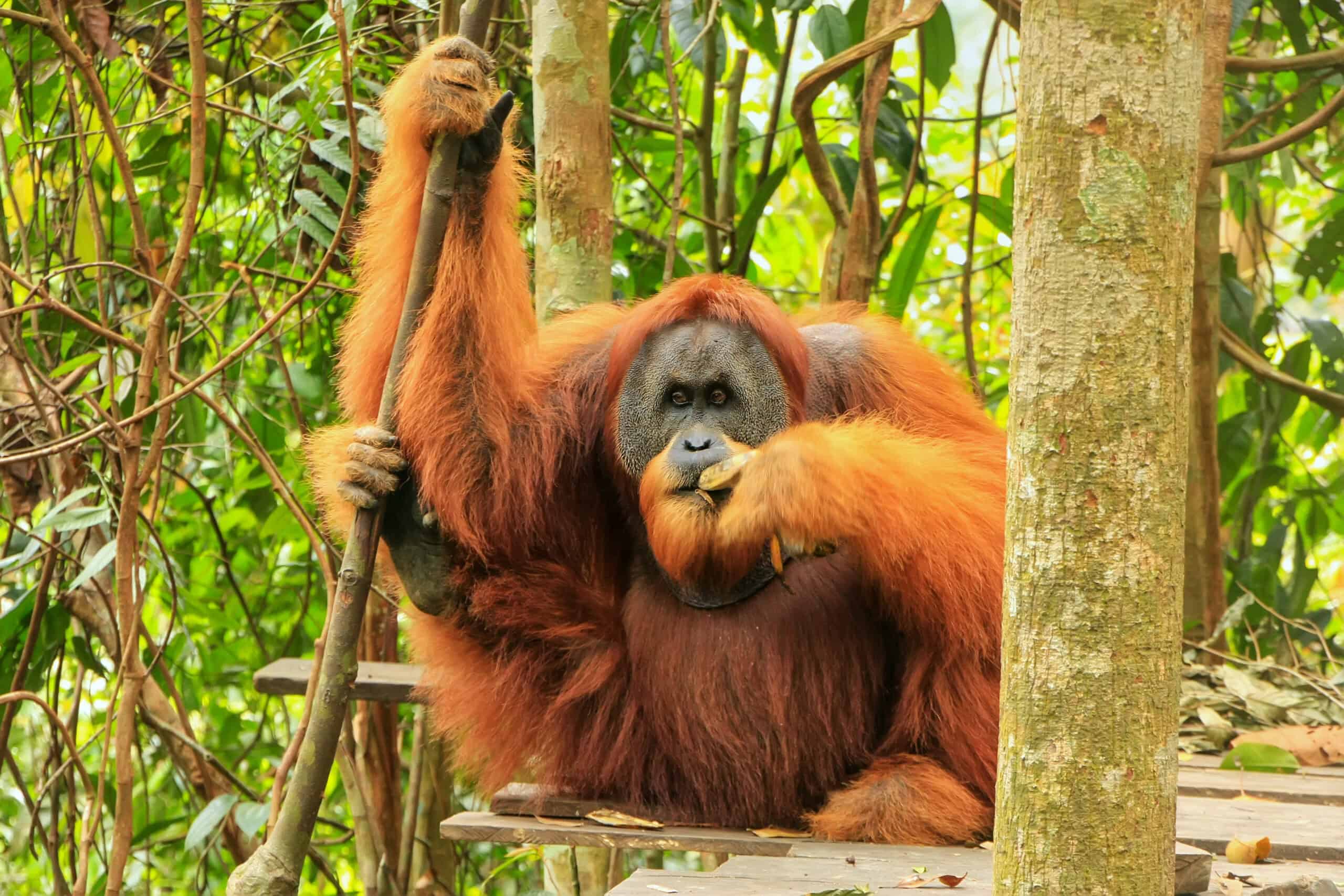
Orangutans are critically endangered due to widespread deforestation in Borneo and Sumatra. They rely on trees for food, shelter, and travel. As their forests are cleared for palm oil plantations, they lose access to fruit and other natural resources. Mothers and infants are particularly vulnerable as they need dense forest cover for safety. Orangutans are also hunted as they become more exposed in fragmented habitats.
Sumatran Tiger (Indonesia)
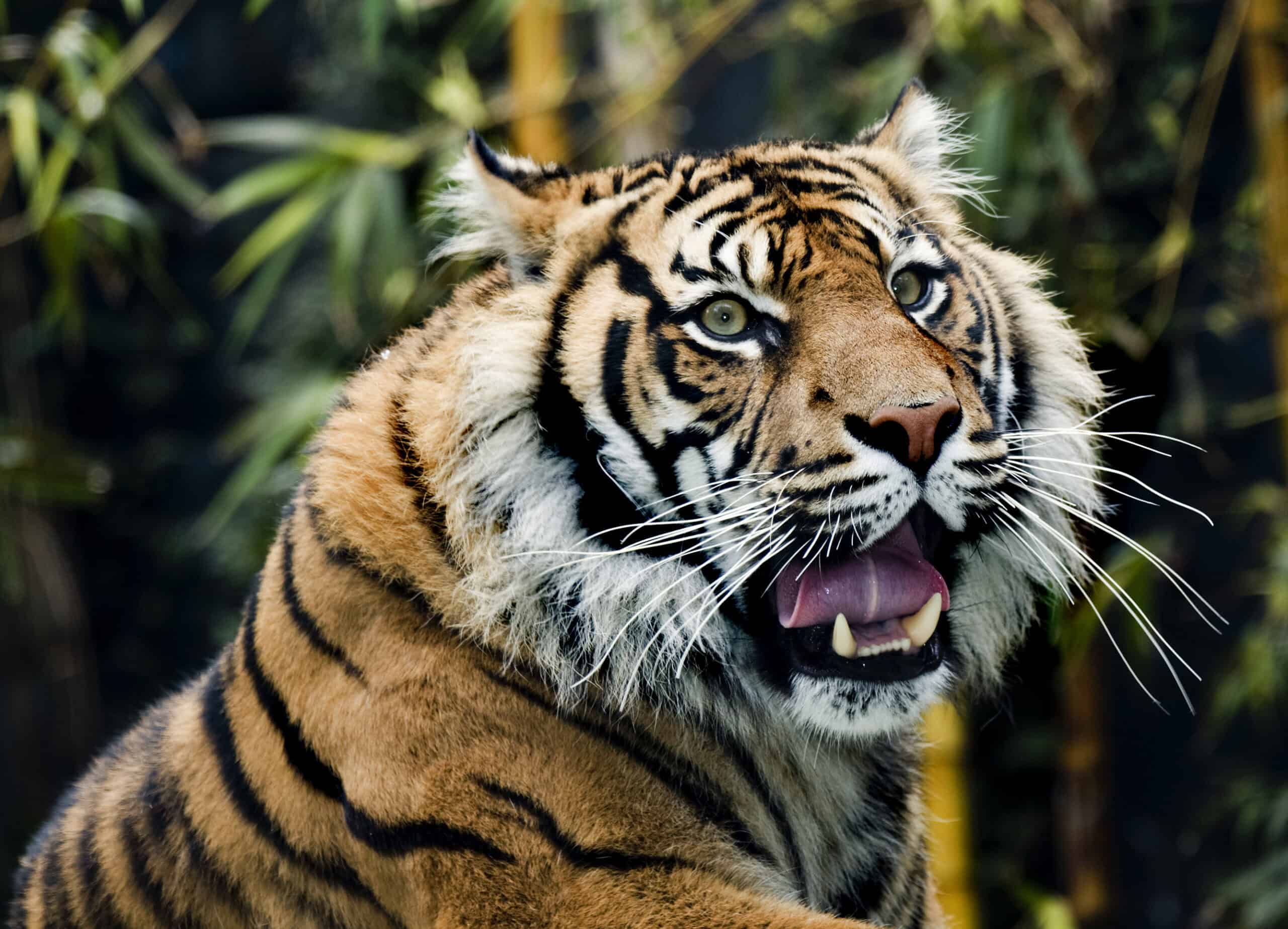
The Sumatran tiger, native to Indonesia, is severely affected by deforestation. Illegal logging and land clearing for agriculture have decimated their habitat. As the forests shrink, tigers struggle to find prey and territory. These large cats need vast areas of unbroken forest to thrive. With fewer places to roam, they are increasingly at risk of conflicts with humans, which further threatens their survival.
Asian Elephant (Southeast Asia)
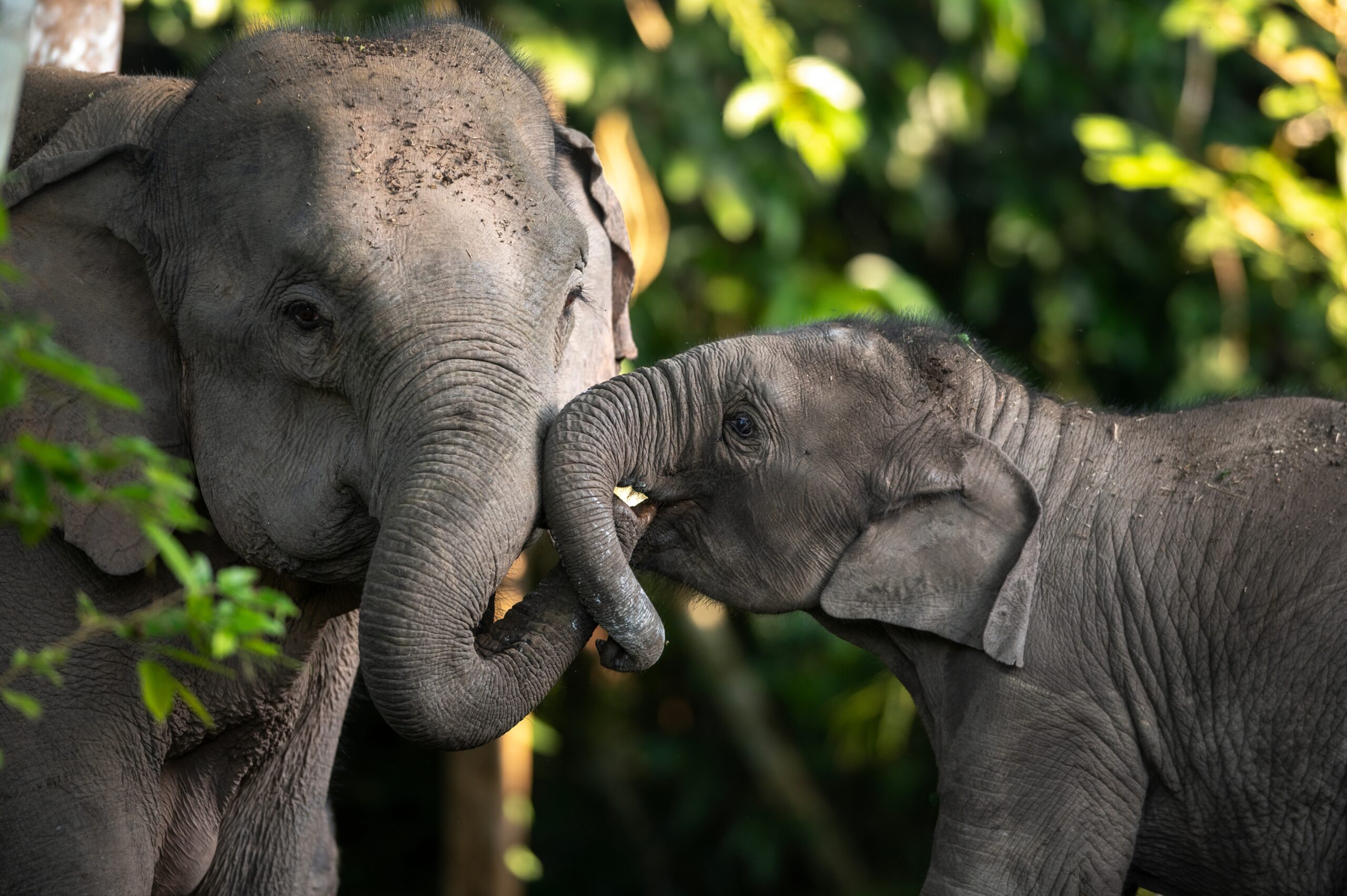
Asian elephants are losing their forest homes at an alarming rate. Deforestation in Southeast Asia has pushed these elephants into smaller, fragmented areas. They need large spaces to forage for food, but plantations and urban expansion have limited their movement. As a result, elephants often raid crops, leading to deadly conflicts with humans. Their shrinking habitat is also leading to reduced population growth.
Jaguar (Amazon Rainforest)
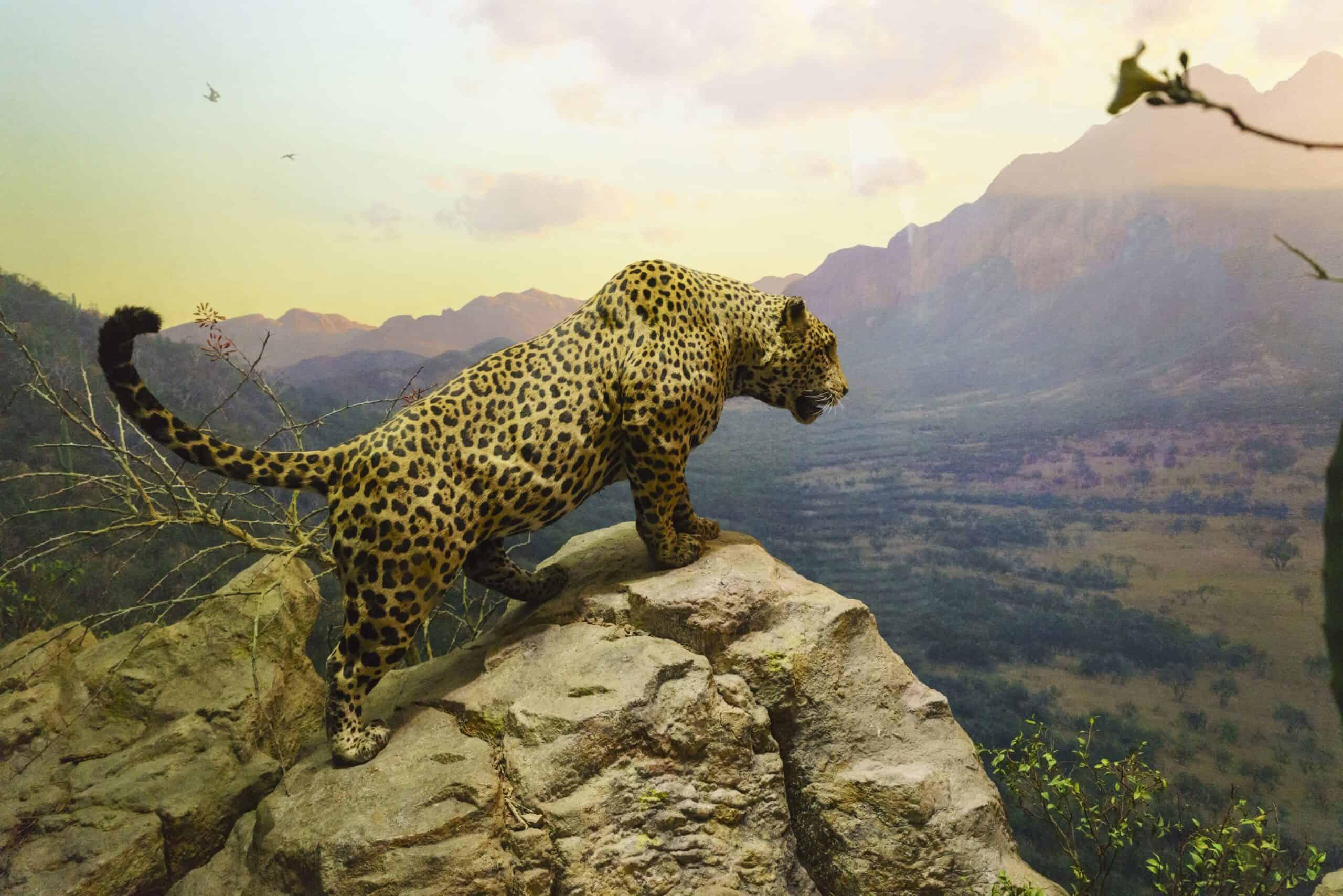
Jaguars are top predators in the Amazon, but deforestation is disrupting their ecosystems. They depend on dense forests to stalk prey and avoid humans. The rapid clearing of the Amazon for cattle ranching and agriculture is fragmenting their range. Jaguars are forced into smaller, isolated patches, making it harder to find food and mates. This isolation increases their vulnerability to poaching and habitat degradation.
Harpy Eagle (Central and South America)
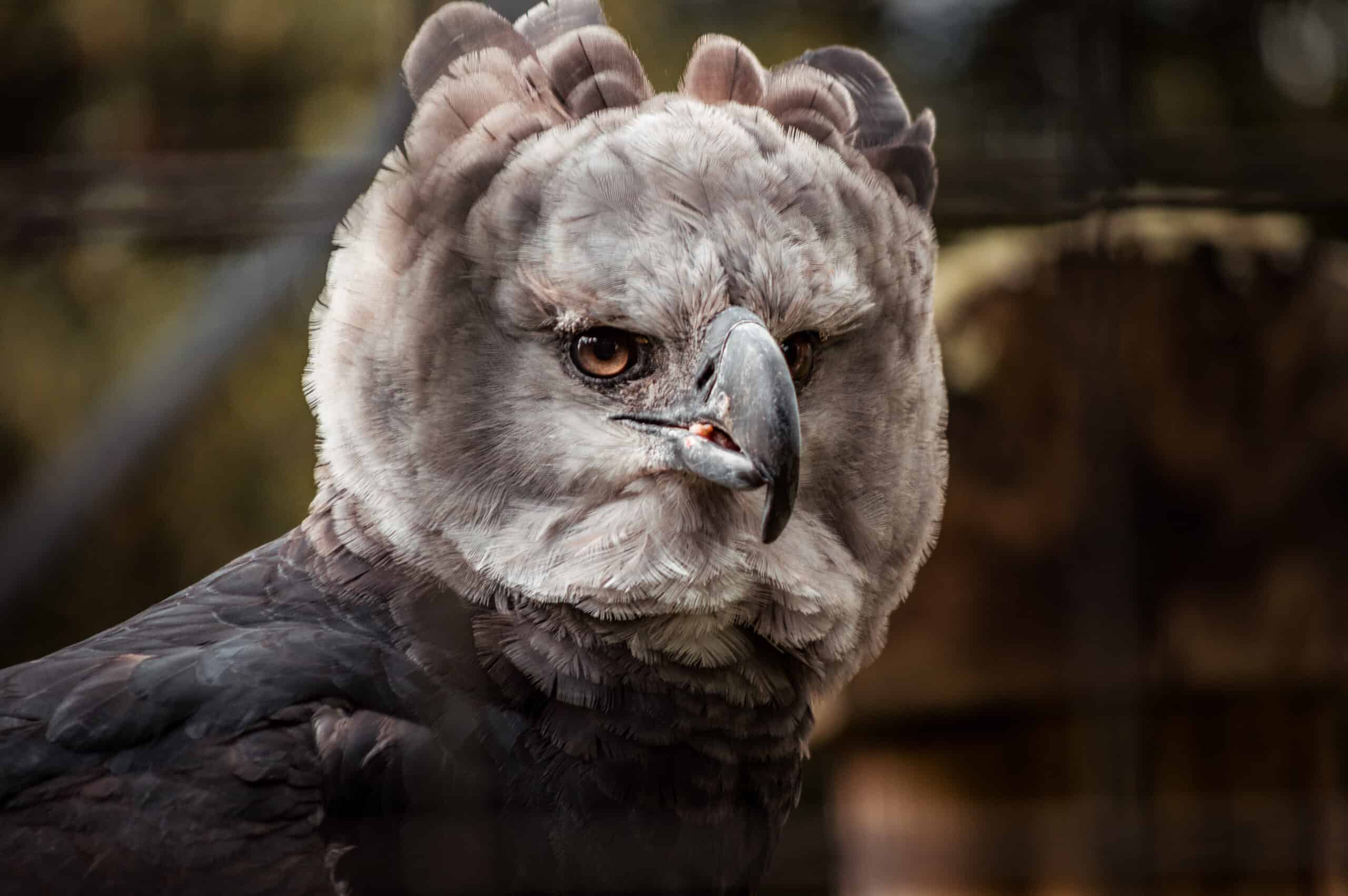
The majestic harpy eagle is one of the most powerful birds of prey, but it’s losing its home due to deforestation. These eagles nest in the tallest trees of Central and South American rainforests. Logging and land clearing for agriculture are destroying their nesting sites. Without these large trees, the harpy eagle has no place to raise its young. Their prey, which includes monkeys and sloths, is also dwindling due to habitat loss.
African Forest Elephant (Central Africa)
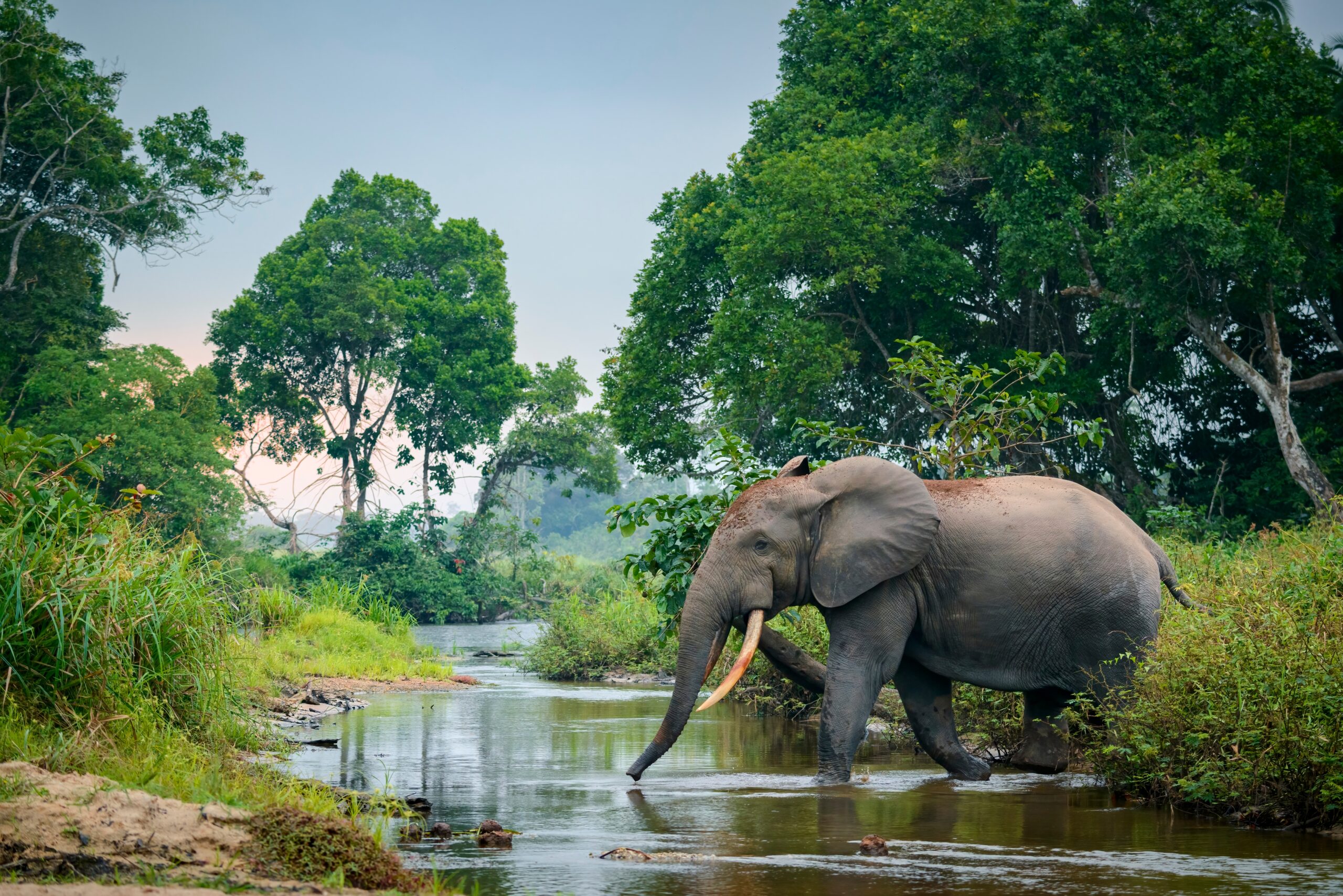
African forest elephants are facing a rapid decline due to deforestation. Their dense forest habitats in Central Africa are being cleared for timber and agriculture. These elephants play a vital role in seed dispersal, but as their forests disappear, so does this essential ecological service. Forest elephants also face increased poaching as their fragmented habitats make them easier targets for hunters. Their numbers have dramatically decreased in recent years.
Amur Leopard (Russia and China)
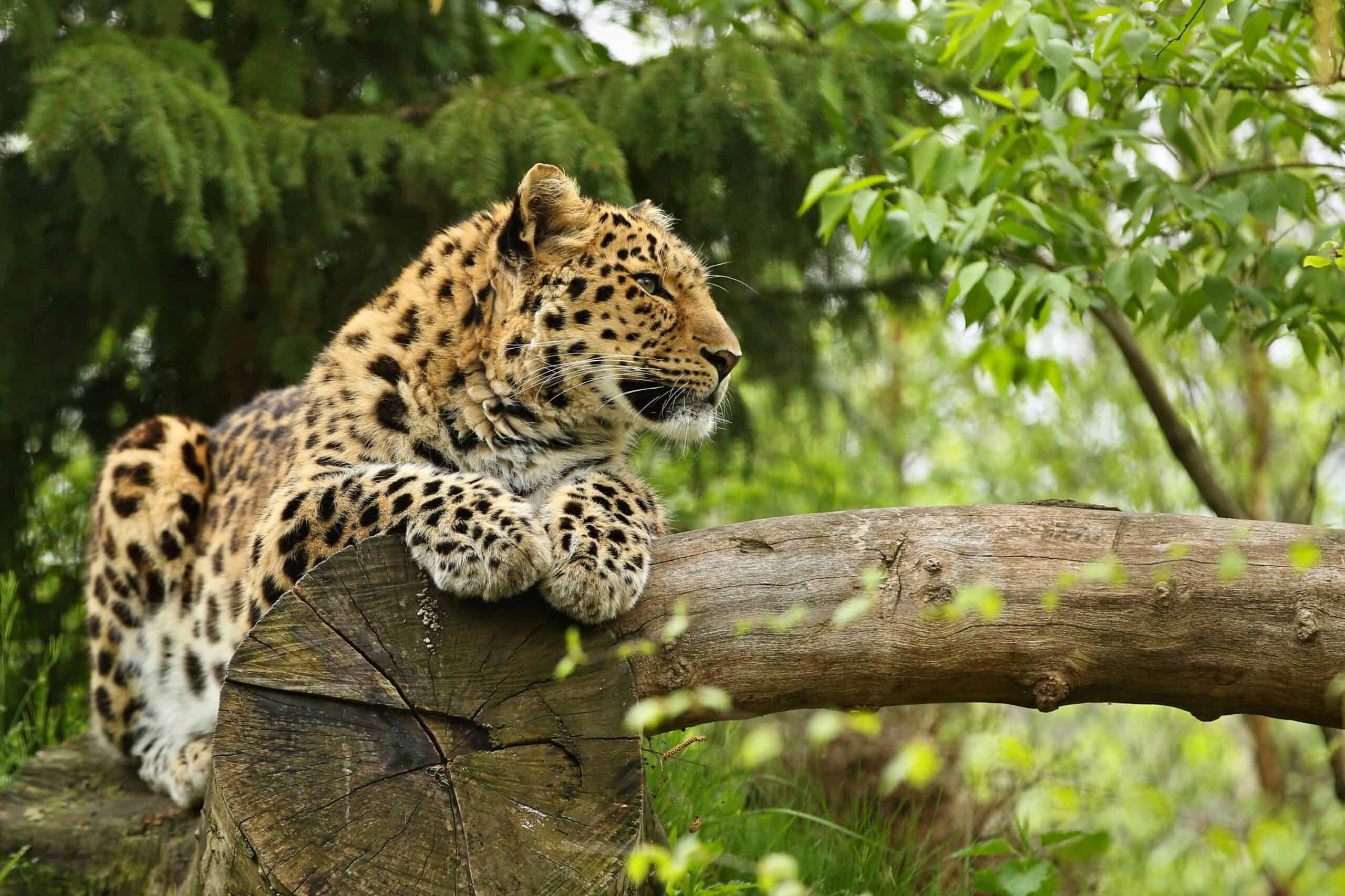
The Amur leopard is one of the rarest big cats in the world, and deforestation is making their survival even more precarious. Their forest habitat along the Russia-China border is being cleared for logging and development. Amur leopards need large areas to roam and hunt, but these are shrinking rapidly. Habitat loss has also reduced their prey, forcing them into dangerous proximity to human settlements.
Bornean Pygmy Elephant (Borneo)
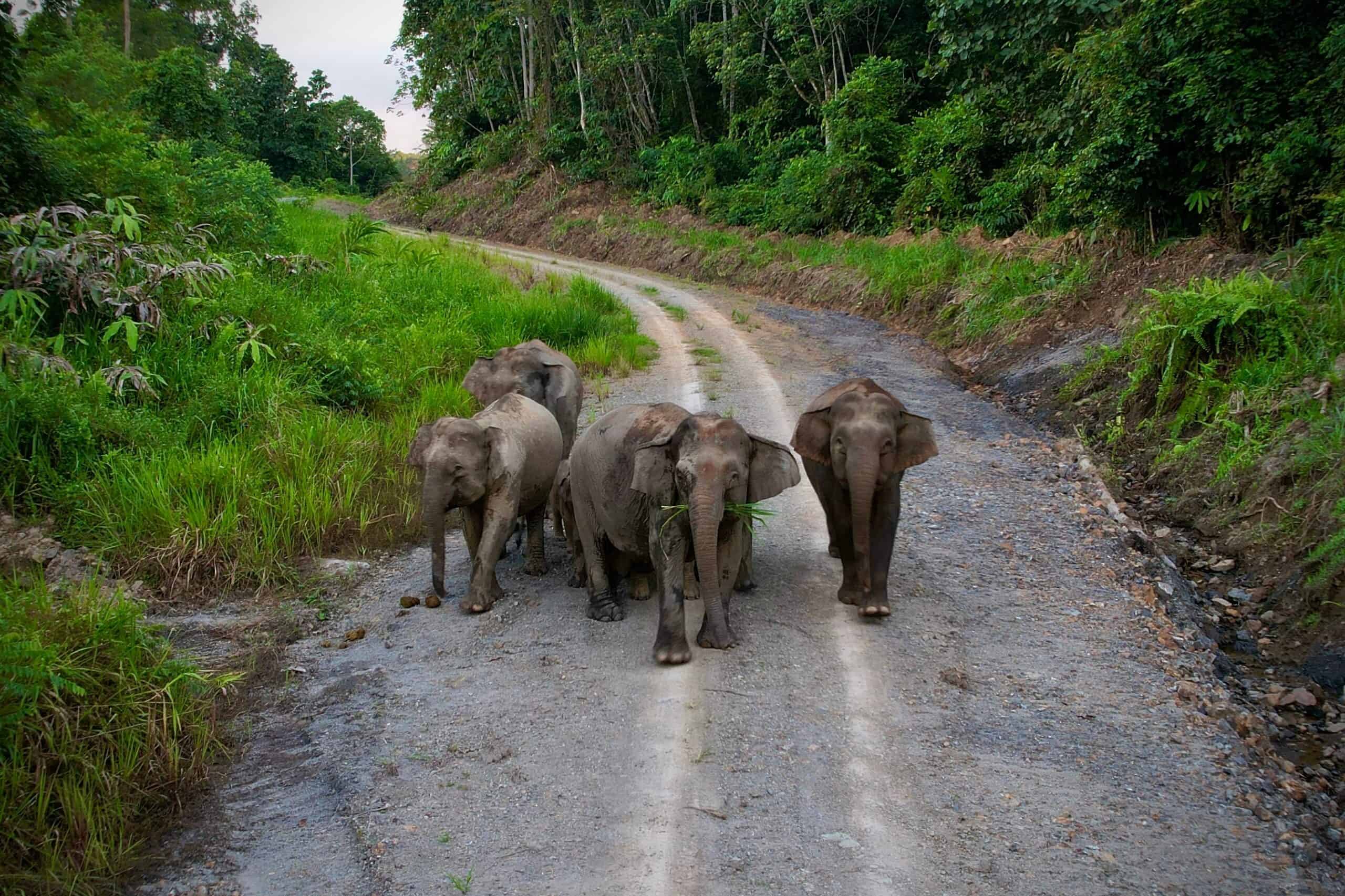
The Bornean pygmy elephant, native to Borneo, is increasingly threatened by deforestation. Their forest habitat is being converted into palm oil plantations at an alarming rate. These elephants need large tracts of land to forage and migrate, but deforestation has fragmented their habitat. As a result, they come into conflict with farmers and are at greater risk of being killed. Their population continues to decline as their forest homes disappear.
Philippine Eagle (Philippines)
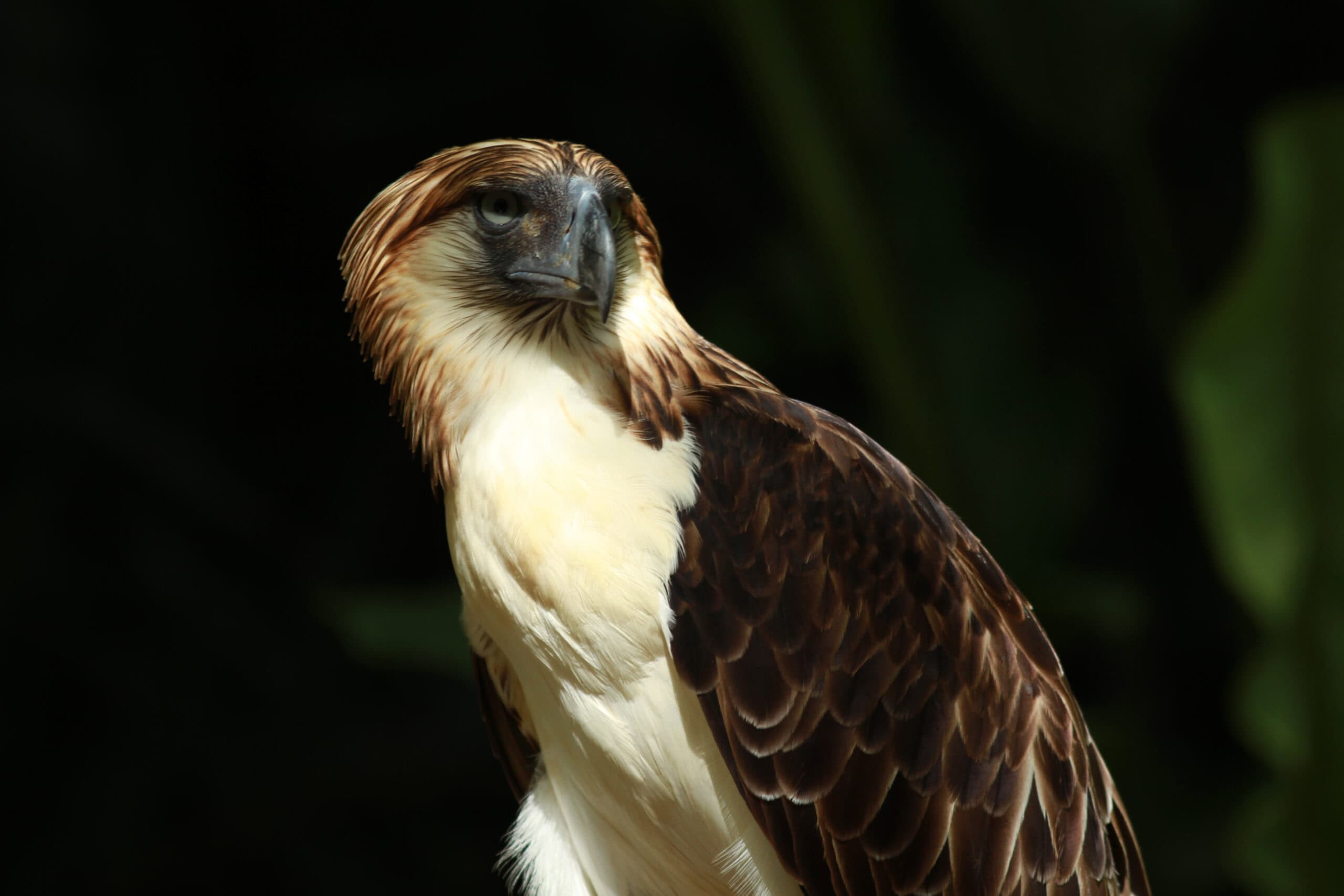
The Philippine eagle is critically endangered, mainly due to deforestation. These birds need large tracts of dense forest to hunt and nest. Logging and agricultural expansion have severely reduced their habitat, leaving fewer places for them to thrive. The eagle’s prey, including small mammals and birds, is also disappearing with the trees. As their habitat shrinks, they face a greater risk of human encounters, which further endangers their survival.
Lemur (Madagascar)
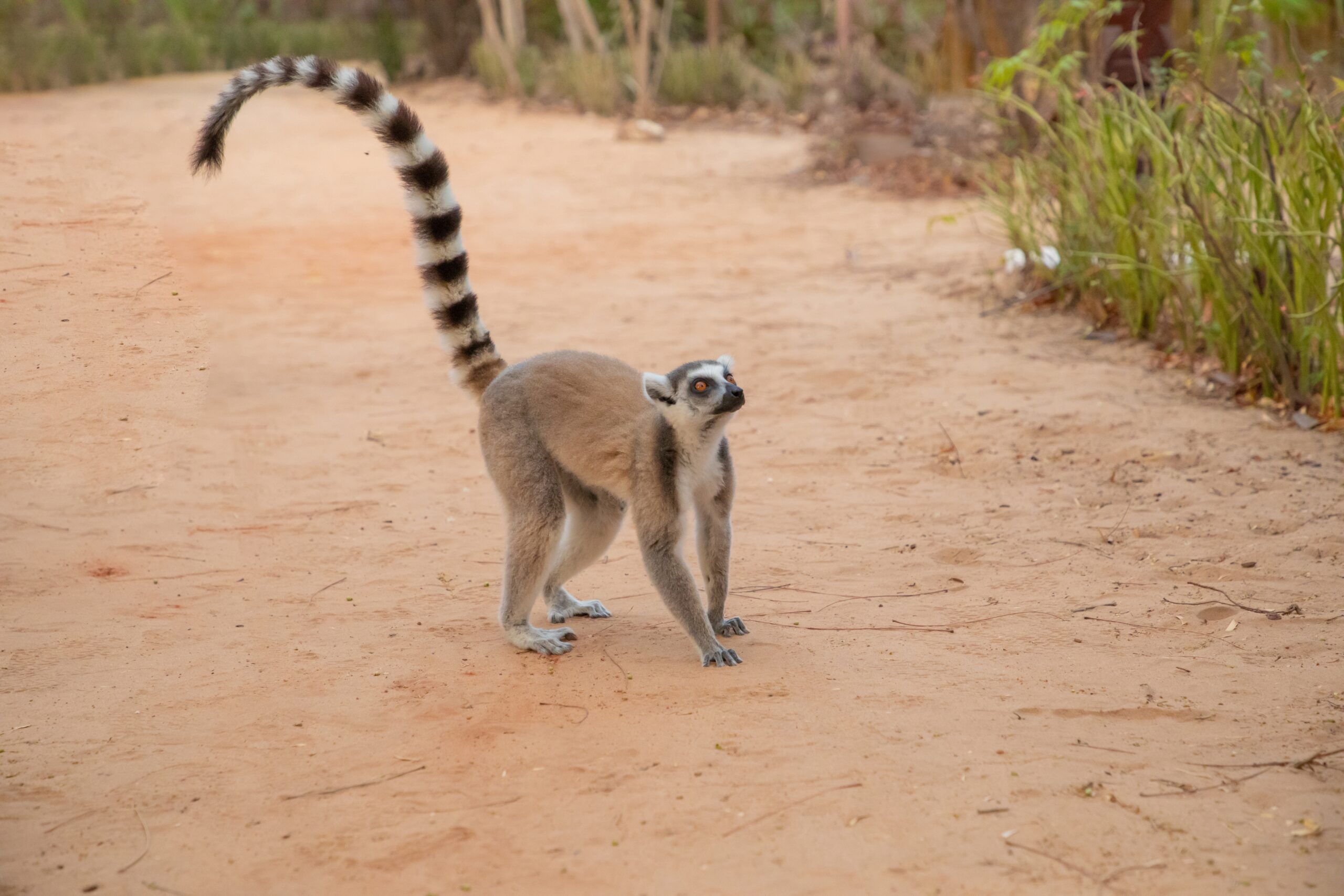
Lemurs are found only in Madagascar, where deforestation is rapidly destroying their forest homes. These primates rely on the dense tropical forests for food and shelter. Slash-and-burn agriculture and illegal logging have drastically reduced their habitat. Lemur populations are fragmented, making it difficult for them to find mates. This isolation puts them at higher risk of extinction as their numbers continue to decline.
Slender Loris (India and Sri Lanka)
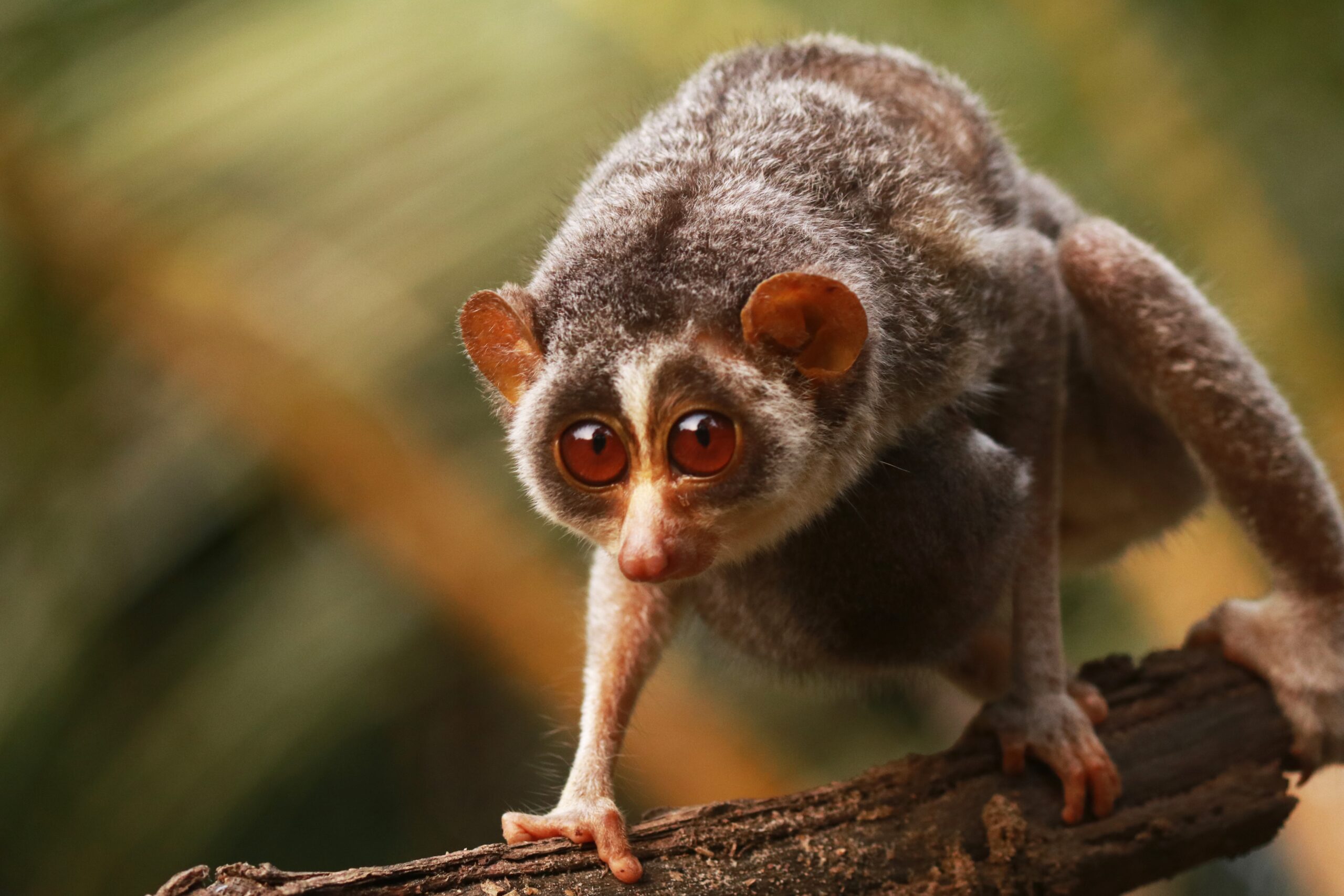
The slender loris is a nocturnal primate found in the forests of India and Sri Lanka. Deforestation has greatly affected their habitat, reducing the availability of food and shelter. These tiny primates rely on dense vegetation to move and hunt insects. As forests are cleared for farming and development, their habitat becomes fragmented. This forces them into closer contact with humans, increasing the threat of poaching and capture.
Saola (Vietnam and Laos)
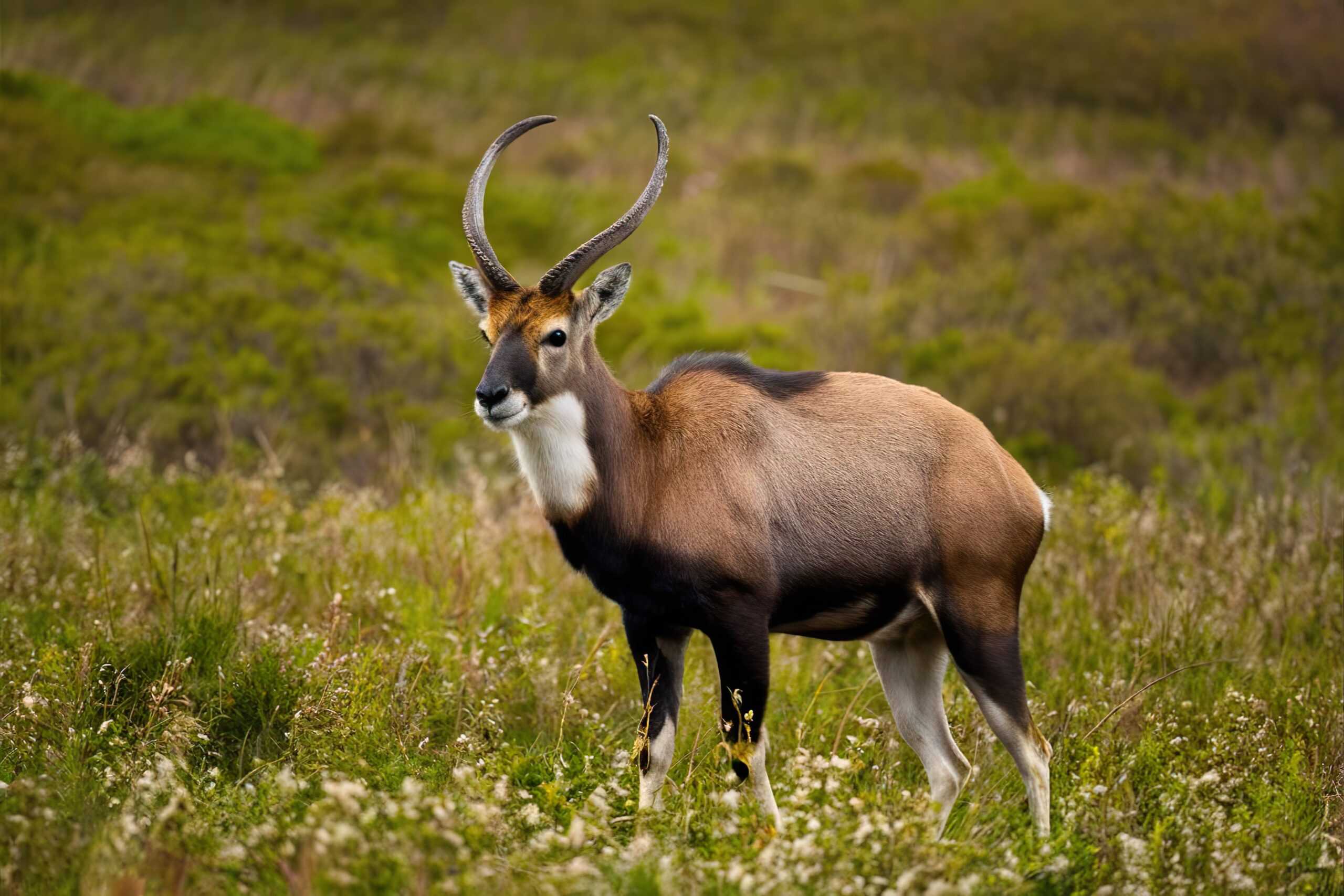
The saola, also known as the “Asian unicorn,” is one of the most elusive mammals, found only in the Annamite Mountains of Vietnam and Laos. Their habitat is being destroyed by illegal logging and infrastructure development. These shy animals need undisturbed forest areas to survive. Habitat fragmentation has made it difficult for them to find food and mates, pushing them toward extinction. Their population remains critically low, with very few sightings in recent years.
Scarlet Macaw (Central and South America)
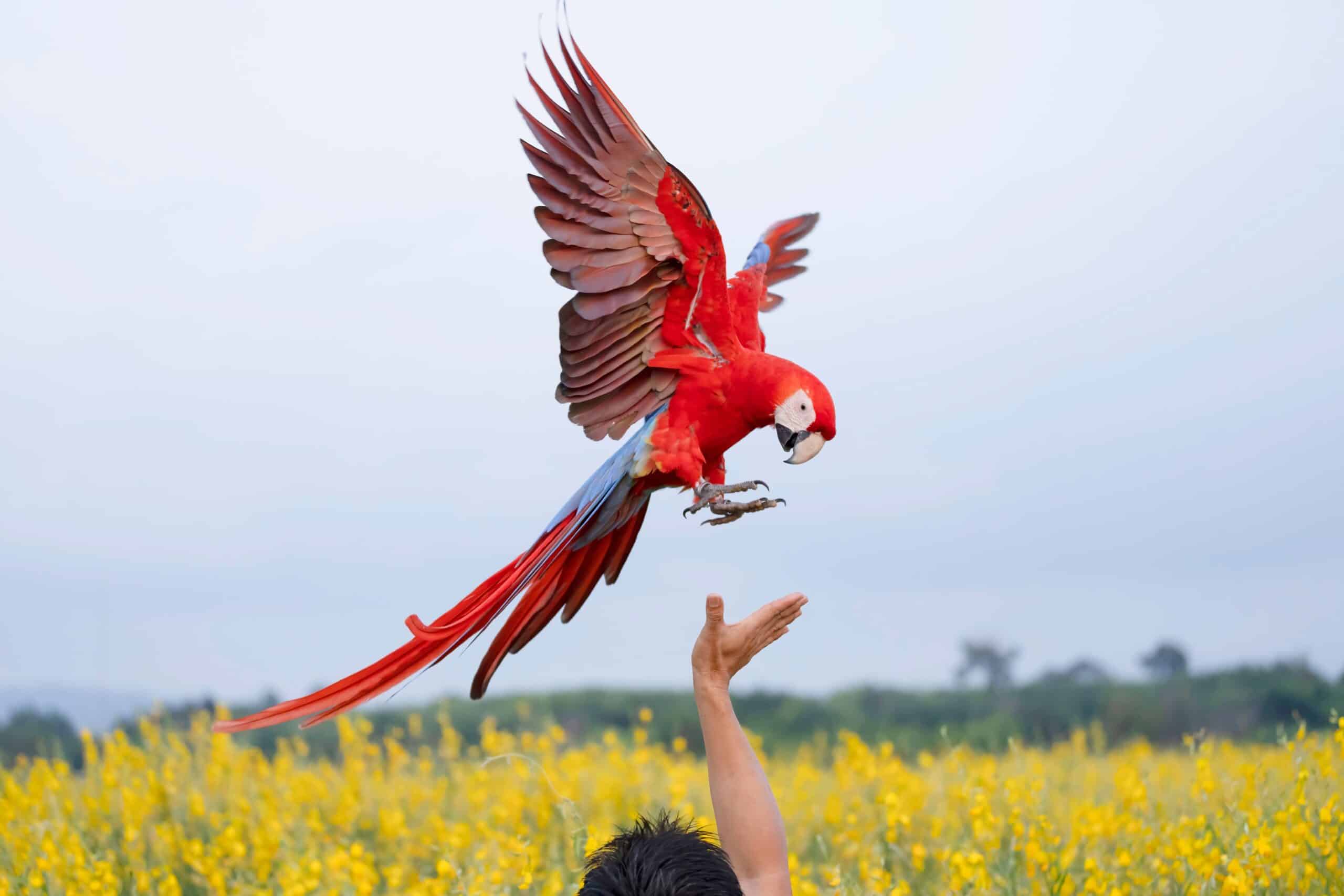
The scarlet macaw is a striking bird native to the tropical rainforests of Central and South America. Deforestation for agriculture and logging has decimated their habitat. These birds rely on large trees for nesting and feeding on fruits. As the forests disappear, they lose access to vital resources, and their populations are declining. The illegal pet trade further threatens the species, as fragmented forests make them easier targets.
Giant Anteater (South America)
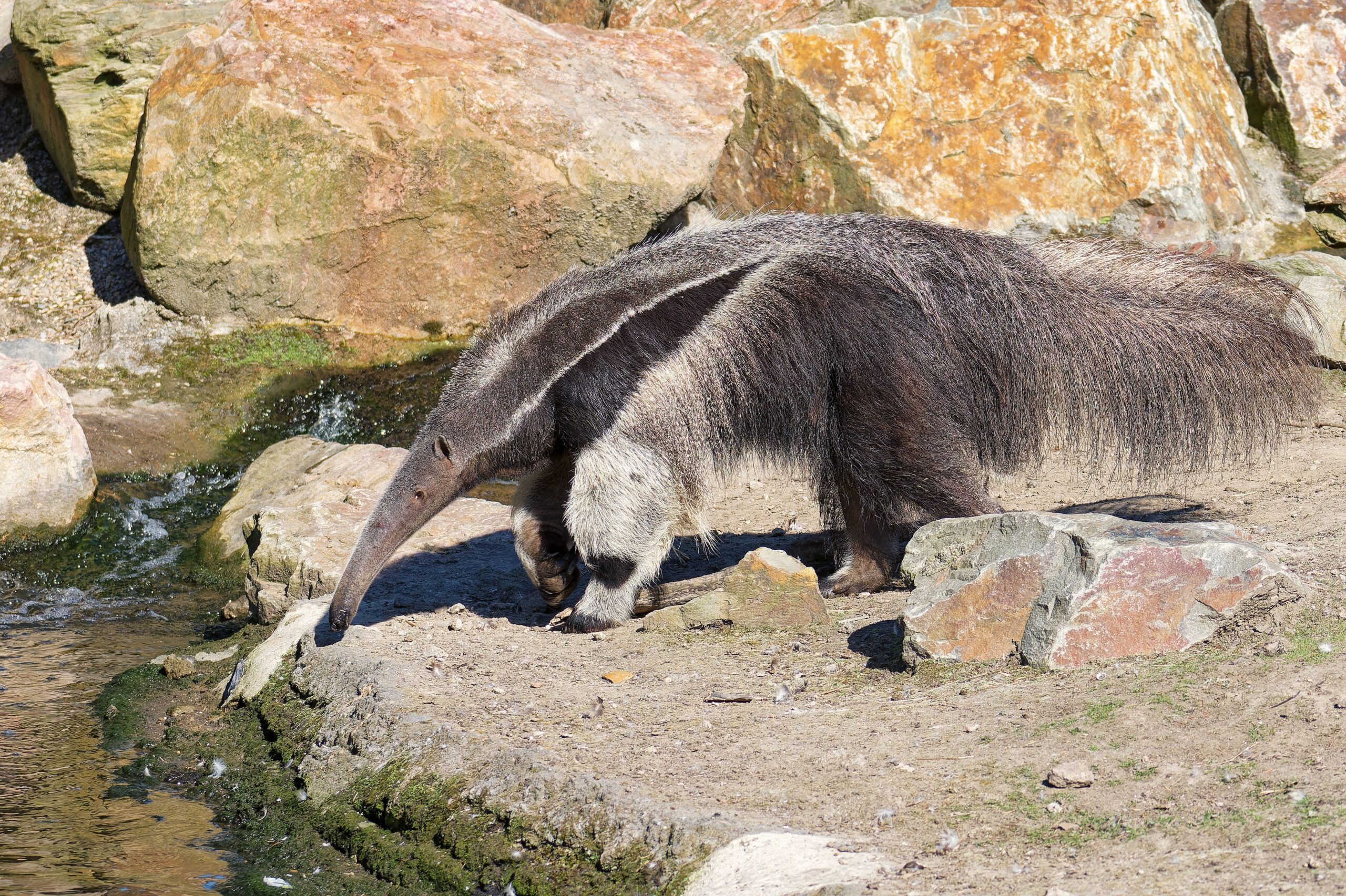
The giant anteater roams the forests and grasslands of South America. Deforestation has greatly impacted their habitat, reducing their feeding grounds. These animals rely on ants and termites for food, which are found in abundance in dense forests. As the forests are cleared, their food sources dwindle, making survival harder. They are also at increased risk of road accidents as they venture into human-populated areas.
Malayan Sun Bear (Southeast Asia)
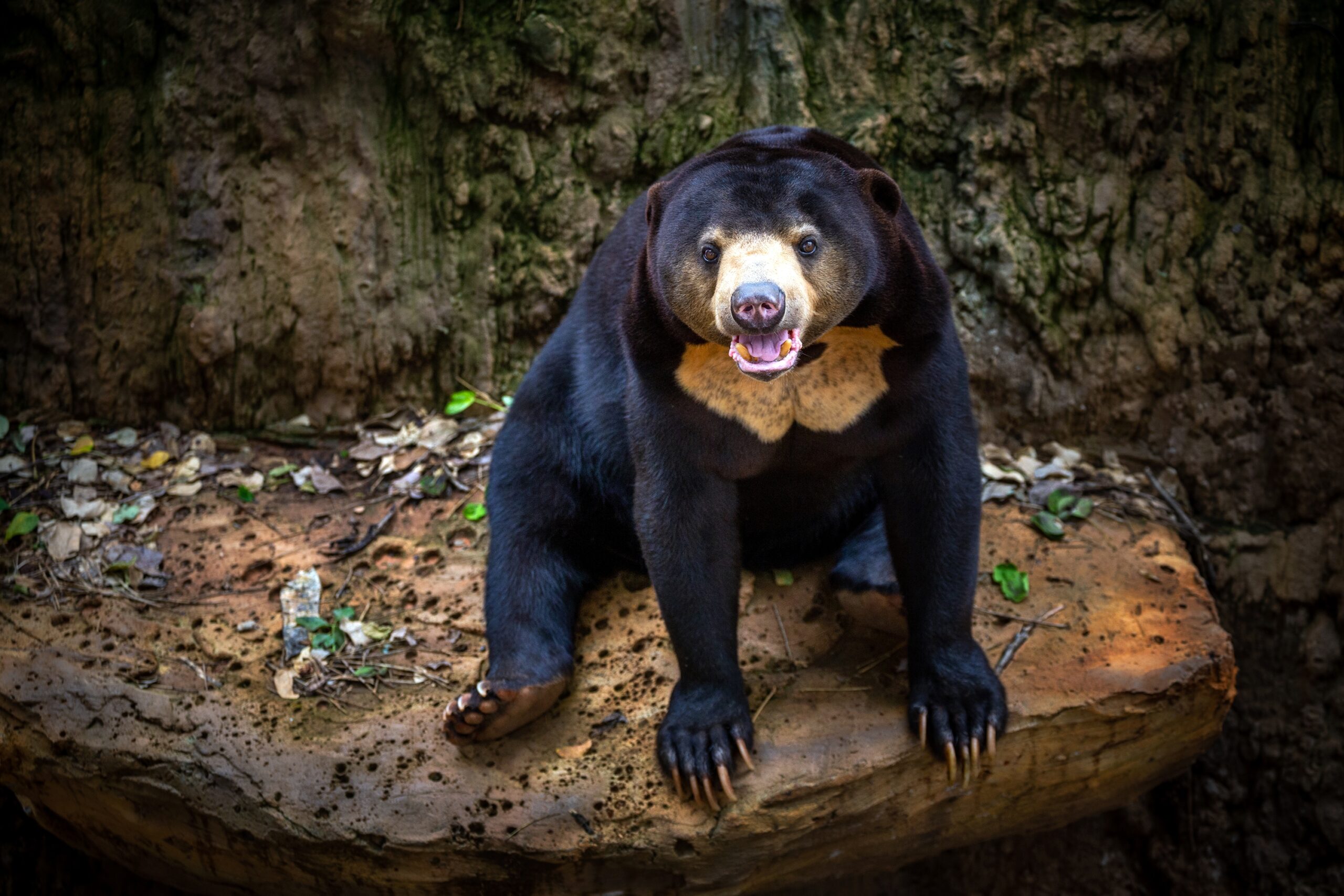
The Malayan sun bear is the smallest bear species, found in the tropical forests of Southeast Asia. Deforestation for palm oil plantations has significantly reduced their habitat. These bears rely on the forest for food, including fruits, insects, and honey. As their habitat is destroyed, they are forced to wander into human settlements, leading to increased human-wildlife conflicts. Their populations are rapidly declining due to habitat loss.
Red Panda (Eastern Himalayas)
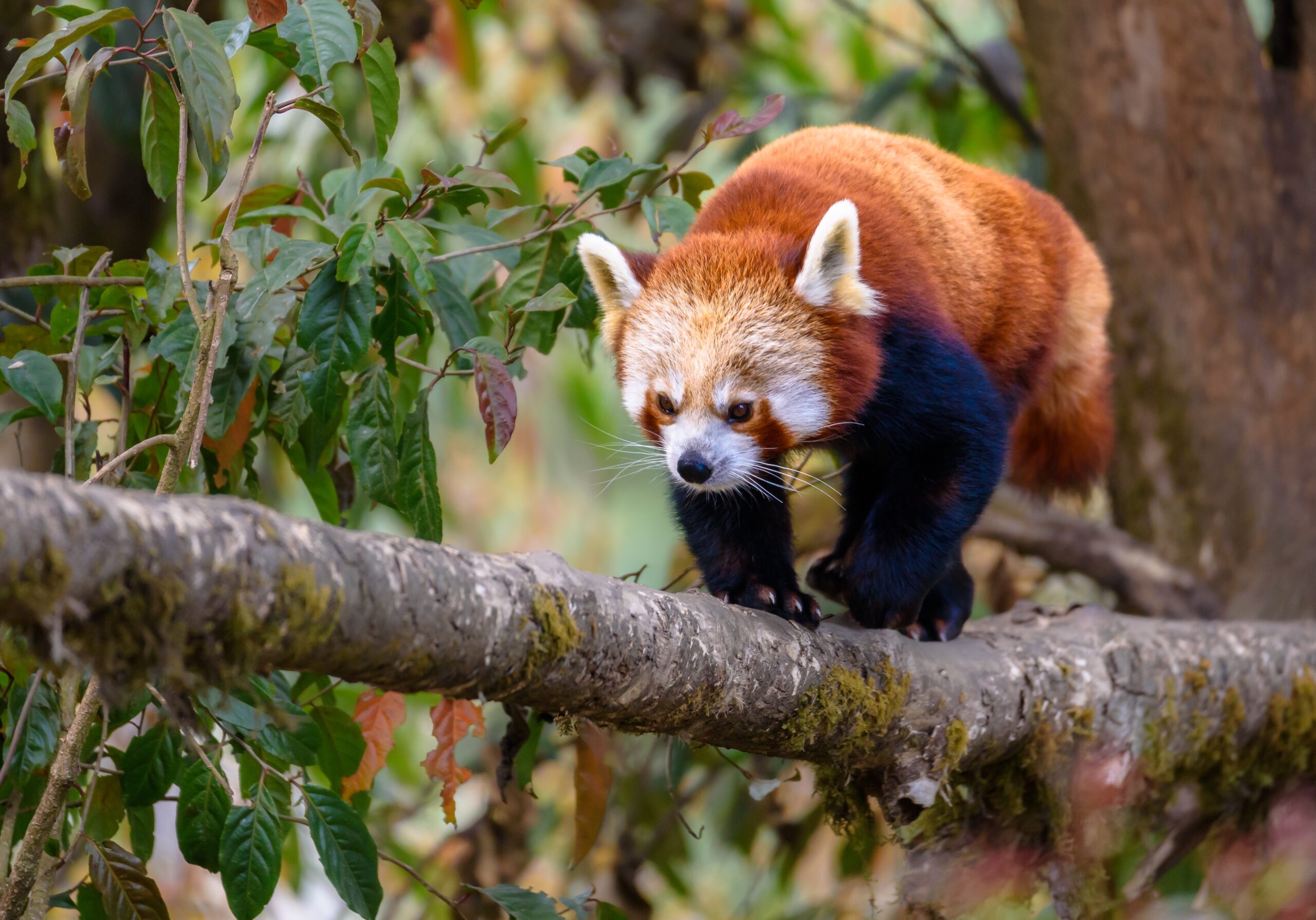
Red pandas inhabit the temperate forests of the Eastern Himalayas, where deforestation is threatening their survival. These small mammals depend on bamboo forests for food and shelter. Logging and agricultural expansion have destroyed large parts of their habitat. As the forests disappear, red pandas are forced into fragmented patches, making it difficult for them to find food and mates. Their population is steadily decreasing as their habitat continues to shrink.
This article originally appeared on Rarest.org.
More from Rarest.org
12 Most Expensive Tropical Plants for Greenhouses

If you’re looking to add a touch of exotic beauty and luxury to your greenhouse, tropical plants are a fantastic choice. Read More.
9 Most Fascinating Space Discoveries

The universe is full of mysteries waiting to be uncovered, and recent advancements in technology and research have led to some of the most fascinating space discoveries ever made. Read More.
20 Vibrant Tropical Plants That Bring the Rainforest Indoors
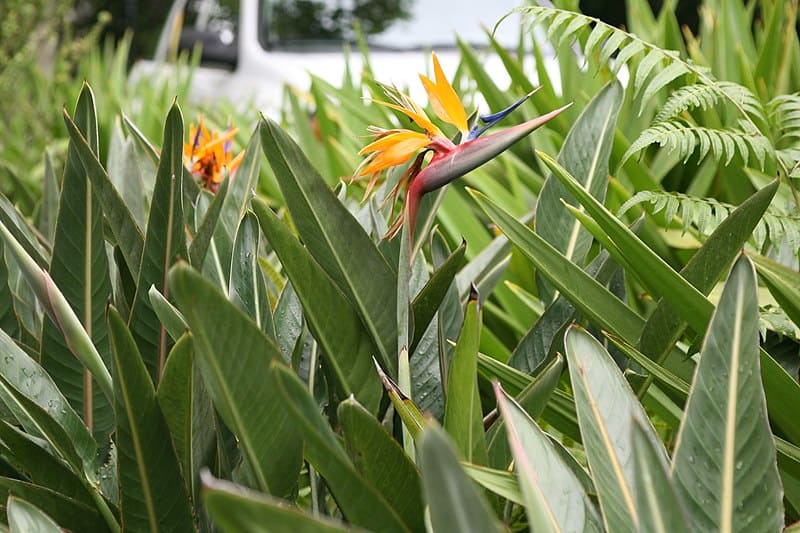
Transforming your home into a lush, vibrant oasis is easier than you might think with the right selection of tropical plants. Read More.
